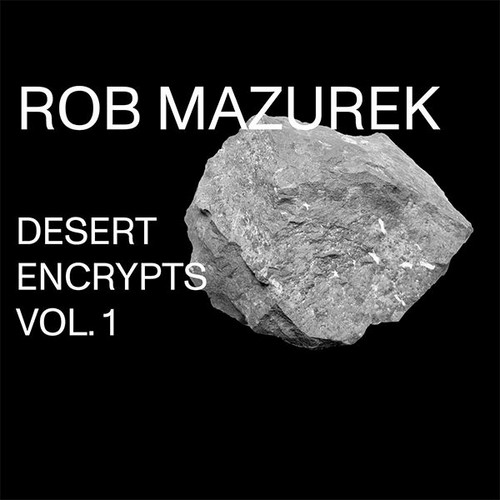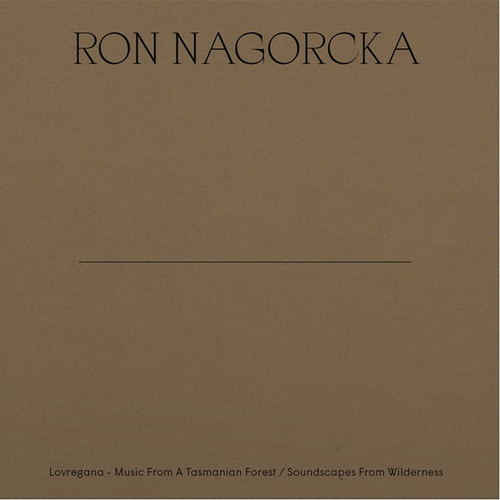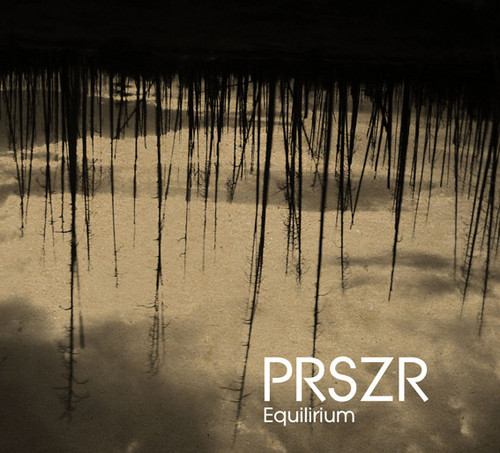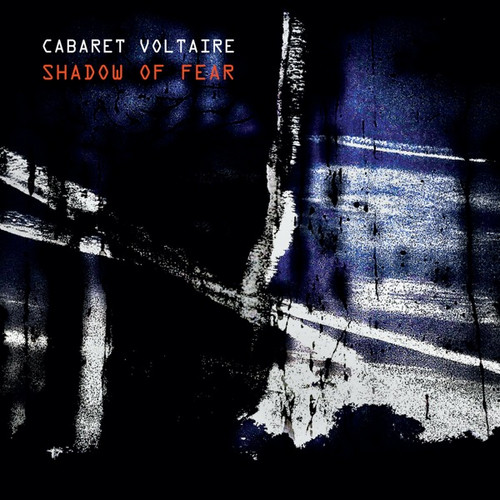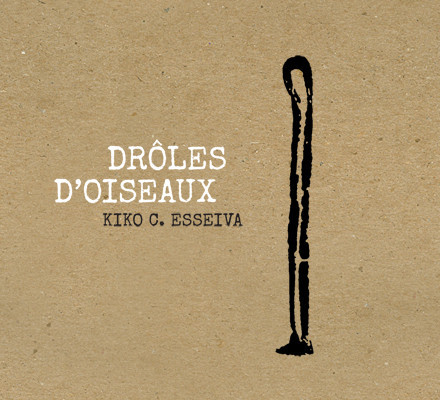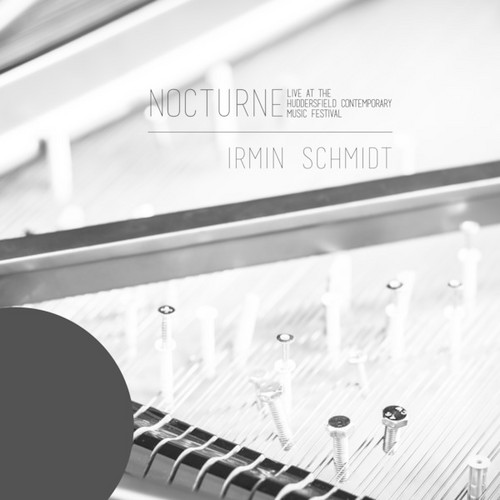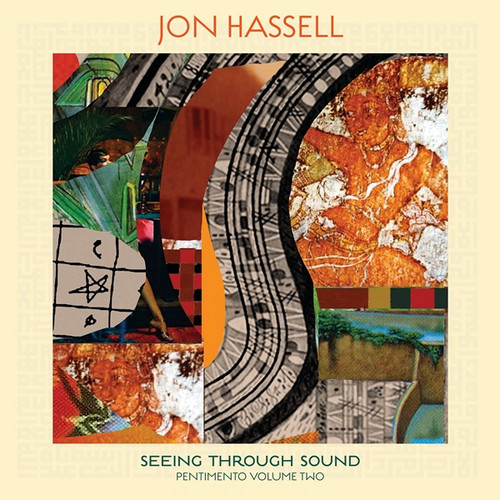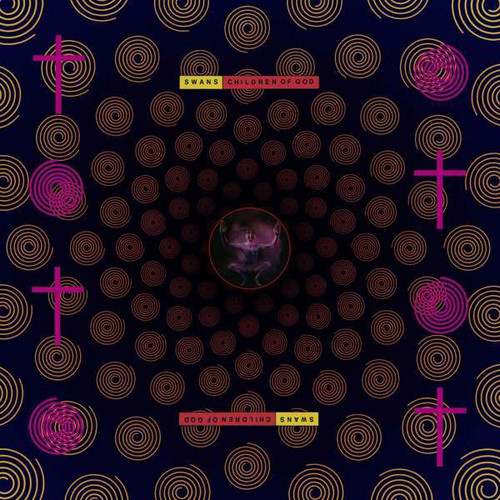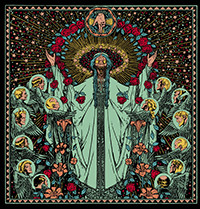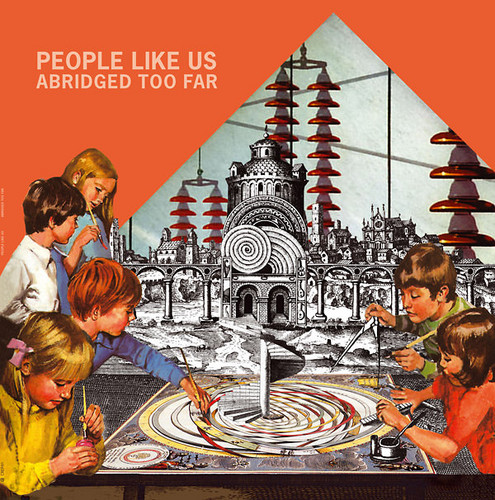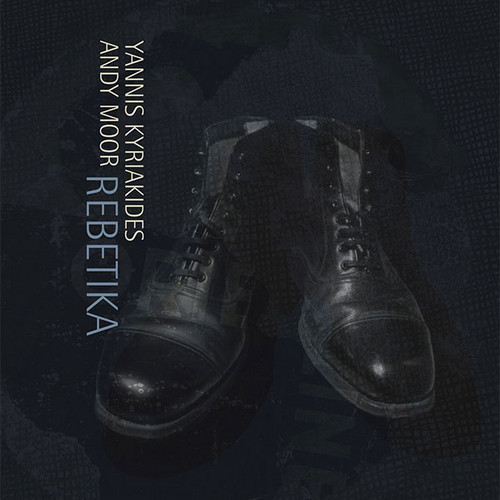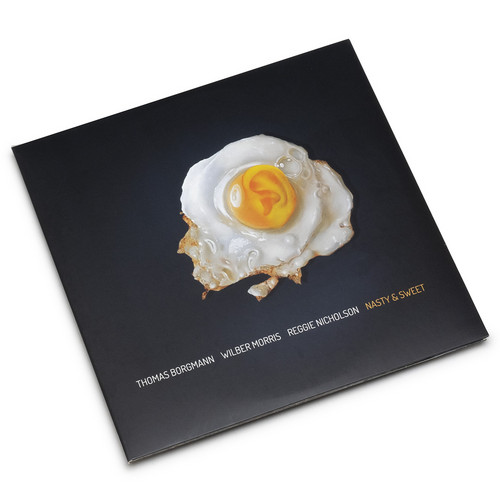Back in stock
Devotional LP
Devotional LP is a collection of darkly-beautiful prayers. A late-night walk through an ancient city center. Ceremonial bass-music. Alien-transmission crackle, whispered messages, and snippets of soulful vocals beamed from another dimension. An exotic melange of ambient, garage, pop, and techno. Ghosts of another time and place float in and out.
An ocean of emotion to swim in. Sounds that trigger memories of incense and exotic flowers in bloom. Menacing tones tempered with overwhelming beauty an…
Desert Encrypts Vol. 1
Desert Encrypts Vol. 1, is a two-part suite based on observations from the desert in and around Marfa, TX. It also explores Rob Mazurek's ongoing fascination with social, psychological, and physiological structures, both terrestrial and extra-terrestrial. The composition includes written music and graphic scores for improvisation.For Desert Encrypts Vol. 1 Mazurek has put together an awe-inspiring new ensemble featuring Kris Davis on piano, Ingebrigt Håker Flaten on bass and Chad Taylor on drums…
Tape Music 1980-1984
Since the early 1980s the Eureka, California based duo Psyclones freak out in music. As one of the most long-standing DIY duos, Brian Ladd and Julie Frith created a body of work, that flirts with Ambient, experimental industrial sounds, New Wave, Post-Punk, Synth-Pop, and all that electric jazz. Besides a few hard-to-find vinyl releases, they published their music regularly via cassette tapes on labels like their own imprint Ladd-Frith or other famed 1980's underground tape labels like Cause And…
Lovregana - Music From A Tasmanian Forest (1990) / Soundscapes From Wilderness (1988)
Tip! ** Edition of 200. CD in cardboard wallet + printed inner sleeve + 6 pages accordion booklet ** Ron Nagorcka (1948) is a composer, performer, and naturalist. In 1988 he moved to a remote forest in northern Tasmania, where he built his own house and solar-powered studio (some fascinating photos of his home-studio are present in the booklet attached to this release). This CD collects his first works recorded in his forest residence in Tasmania, his music sites on the borderline between docume…
Equilibrium
PRSZR is Pure (Peter Votava) and Hati (Rafal Iwanski & Rafal Kolacki). PRSZR (pronounced pressure) combines the eerie, computer generated sound world of Austrian electronic music veteran Pure with the archaic, outer-worldly spaceyness of Polish duo Hati's percussion play. Multi-layered syncopatic polyrhythms alternate with gong-based drones, both built on top of computer-generated loops and pulsating patterns. Melting acoustic with electronic aesthetics in a unique way, the trio explores …
Shadow of Fear
Shadow of Fear is Cabaret Voltaire’s first studio album in 26 years. Richard H. Kirk is the sole remaining member; he’s released many acclaimed solo albums, having invented bleep techno via his groundbreaking work in Sweet Exorcist. Kirk has formed this new album from a series of pulverising live shows. The tone and personality of CV is ingrained in its core as it dances across techno, dub, house, 1970s Germany and general esoteric explorations coupled with mangled vocal samples.
Drôles D'Oiseaux
Kiko C. Esseiva is a composer with Swiss and Spanish roots who lives in Lausanne, Switzerland. He creates electroacoustic sound pieces that are, not unlike those of the French master of the genre Luc Ferrari, warm, non-academic and colourful, spreading a humanity and richness that is far away from the sterility of a lot of today's electronic compositions. He creates very diversified atmospheres which combine acoustic instruments, noise, human voices, field recordings and static sheets of …
Nocturne (live at the Huddersfield Contemporary Music Festival) LP
**Limited to 1000 copies worldwide. Double white vinyl. Live album from the legendary founder of Can.** Irmin Schmidt goes back to his Stockhausen roots with a new live album. Nocturne (live at the Huddersfield Contemporary Music Festival) comprises three pieces performed live on a partly prepared piano, along additional pre-recorded soundscapes. The live performance of 'Klavierstück II' is a pensive improvisation using essential elements of the original piece. 'Nocturne' starts with the ambient…
Seeing Through Sound - Pentimento Volume Two
** 2021 Stock. Single 140g vinyl LP in a full colour printed sleeve with printed inner. Includes download card ** Ndeya presents Seeing Through Sound - Pentimento Volume Two by Jon Hassell. A companion piece to 2018’s Listening To Pictures, this second volume in the pentimento series presents eight new tracks by the music visionary, continuing his lifelong exploration of the possibilities of recombination and musical gene-splicing. Pentimento is defined as the “reappearance in a painting of ear…
Children Of God
Lovingly and completely remastered from original mixes in 2020 to great sonic effect. First time on vinyl in centuries. Includes remastered Feel Good Now contamporaneous live album download. Originally released in October 1987 on the Mute subsidiary Product Inc, ‘Children of God’ is a brand new remaster of the album and is packaged with a bonus live album, ‘Feel Good Now’. By 1986/7 Swans had run its course with the physical assault of sound that we had employed previously for the most part. I w…
Remains of the Light
** Edition of 285, comes in a silk-screened (2 colors with metallic ink) 3 panels foldout jacketwithobi(red or black), inserts and a postcard. Liner notes by Michel He nritzi ** Remains of the Light, the debut album by Japanese trio Usurabi, is a gorgeous thing –six generous, deftly melodic songs that stretch out slowly, breathing deeply, yet never outstaying their welcome. The members of Usurabi started playing together in 2017, but they’d known each other for several decades, meeting via their…
Self Portrait
** Edition of 285,comes in asilk-screened tip-on/ “old style” jacket with obi (red or black), with inserts and a postcard. Liner notes by Jon Dale ** It’s been almost three decades since Japanese guitarist and songwriter Masami Kawaguchi first broke cover, with his group Broomdusters and their debut album, 23 hours 30 minutes (Purifiva, 1997). In the intervening years, Kawaguchi has maintained single-minded discipline, through his membership of some of the Japanese underground’s greatest groups …
Seemingly Still
** Edition of 300 ** Argos and audioMER are honoured to announce the release of a new LP; Seemingly Still with music by Laszlo Umbreit, Sirah Foighel Brutmann & Eitan Efrat featuring the Ramirez Brothers. The cover artwork contains details of Miroir Seb Fragile!, a 16mm film by Sirah Foighel Brutmann and Eitan Efrat, made in memory of cinematographer Sébastien Koeppel (1971–2013). The track Miroir Séb Fragile! is played live by the Tel-Aviv based group The Ramirez Brothers. Uzi, Sefi and KitKit …
Standing Water
** Edition of 80 ** T.D. is the personal sound project of Thomas DeAngelo, based in Philadelphia, USA. Thomas is a self-taught musician, music critic (this period writes regularly for FreeFormFreakOut podcast's blog) & publisher (Crisis Of Taste music label). He is very active in the avant garde DIY cassette movement of our days and until now he has collaborated with Allen Mozek (as Association Copy), Jim Strong (as Melkins), Stewart Skinner etc. His work is published on Vitrine, Regional Bears,…
Dies Irae
LP edition of 2012's tape Dies Irae. Re-mastered for vinyl and with new artwork by Belgium artist, Elzo Durt. Gonzo is the ''why so serious?'' monicker of musician, dj and discrepant headhoncho, Gonçalo F Cardoso. Since starting the label back in 2010 Gonzo has released a series of limited collage tapes on the label, Dies Irae being the very first one back in 2012. He now decides to give it the vinyl treatment with specially commissioned artwork from Belgium artist, Elzo Durt. Dies Irae (aka lat…
Abridged Too Far
People Like Us is audiovisual collage artist Vicki Bennett, who has been making work available via CD, DVD and vinyl releases, radio broadcasts, performances, gallery exhibits, and online streaming for 25 years. Since 1992, she has developed an immediately recognizable aesthetic repurposing pre-existing footage to craft audio and video collages with an equally dark and witty take on popular culture. She sees sampling and appropriation as folk art sourced from the palette of contemporary m…
Loopworks
Originally released by Wounded Wolf Press as a limited cassette in 2016, Loopworks compiles Turkish visual and sound artist Koray Kantarcıoğlu's (b. Ankara 1982) loop-based work composed of samples taken from Turkish records released in '60s and '70s as source material. Loopworks impacts almost instantly mainly because it shows some familiarity with the recent work of Leyland Kirby as The Caretaker, particularly with the "haunted ballroom" effect. Koray explores the usage and the dynamic of thes…
Tropical Gothic
It's 2018 and it's time for some new discoveries into Mike Cooper's limitless exploration in his collection of guitars. The title itself, Tropical Gothic references Cooper's beloved areas of "the South" with a Gothic, dark, remote interplay... he explains: ''Tropical Gothic includes, but is by no means limited to, a reflection on a region where European colonial powers fought intensively against indigenous populations and against each other for control of land and resources.'' On each side, Mike…
Rebetika
Andy Moor (guitar) and Yannis Kyriakides (computer) lovingly deconstruct and reassemble their favorite Rebetika music in a set of nine pieces that encompass a wide scope of musical vision. This is an unusual and original take on the so-called "blues" music of the Greek diaspora of the early 20th century. This live set was recorded in 2006, first released as an exclusive download for the UK-based Seven Things download-only label, released on CD by Unsounds in 2010, and is now available on vinyl f…
Nasty & Sweet
Very limited 2 LP release of the trio of Thomas Borgmann (reeds), Wilber Morris (bass) and Reggie Nicholson (drums) performing live at the Tampere Jazz Festival in 1999, plus one track from St. Ingbert in 1998.

